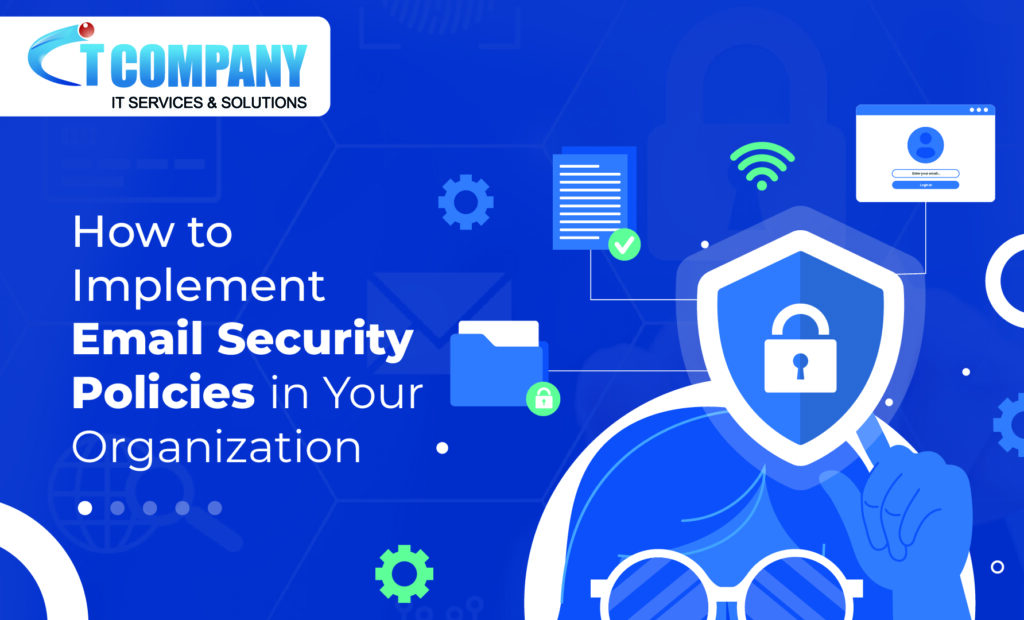
Table of Contents
ToggleIn the modern age, where cyber risks occur and privacy breaches are an ongoing problem, protecting your organization’s email communication has never been more important. As organisations rely more on email for daily communication, strengthening your digital defences against harmful assaults becomes critical. Email Security Check enables organisations like yours to create strong email security policies.
What are Email Security Policies
Email security policies are a set of rules and standards that organisations use to safeguard their email communications from different risks and maintain the confidentiality, integrity, and availability of critical data.
These policies provide rules and processes for safeguarding your emails against unauthorised access, phishing attempts, and other online threats. They ensure that only the appropriate persons have access to your emails and that important information remains hidden from outsiders.
Benefits of Email Security
Businesses of all sizes understand the need of prioritising email security. An email security solution that protects employee communication and eliminates cyberthreats is significant since it assists in:
- Protect a company’s brand, reputation, and profits. Email attacks may result in devastating expenses, business interruption, and other serious effects.
- Increase productivity. Businesses that have a strong email security solution can prevent possible operational interruptions and downtime as a result of a cyber attack. An efficient solution enables security teams to expedite responses and stay ahead of increasingly complex attacks.
- Ensure compliance with data protection standards, such as the General Data Protection Regulation (GDPR), and help avoid the numerous intangible costs of a cyberattack, such as company interruption, legal expenditures, and regulatory fines.
Implementing Email Security Policies
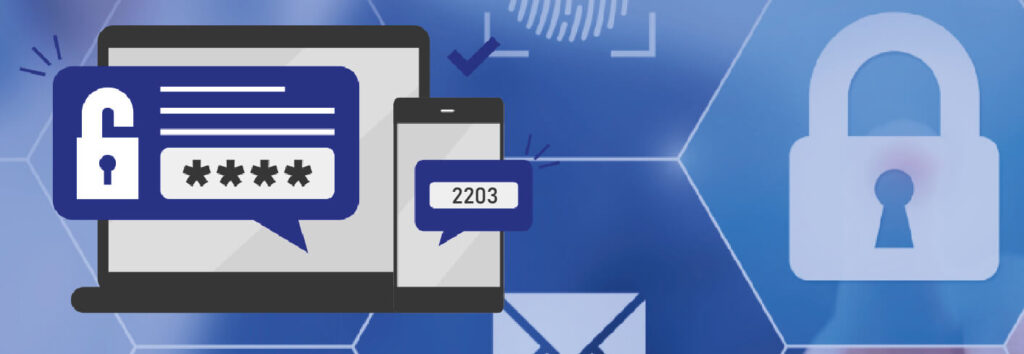
1. User authentication
In email security, user authentication is the process of validating the identity of users who access email accounts. This guarantees that only authorised individuals have access to critical information, lowering the likelihood of unauthorised access, data breaches, and cyber risks.
Using strong authentication measures such as passwords, two-factor authentication (2FA), or multi-factor authentication (MFA) to authenticate users’ identities while accessing email accounts. This helps to protect email accounts from unauthorised access.
2. Email Encryption
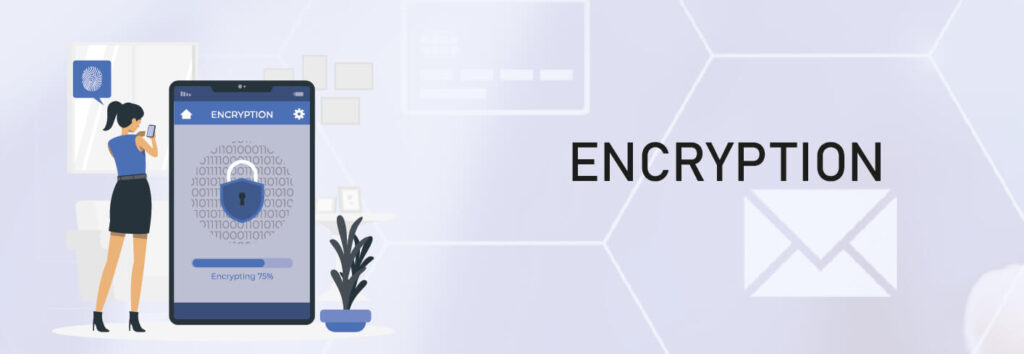
Email encryption is a security solution that encodes email communications to prevent unauthorised access during transmission. It scrambles the material into a code that can only be decoded by the intended receiver, preserving the secrecy and privacy of important information sent by email.
Encourage or require the use of email encryption for sensitive or secret data. Encryption scrambles email messages and attachments so that only authorised receivers can interpret them, lowering the danger of interception or unauthorised access.
3. Phishing and spam prevention
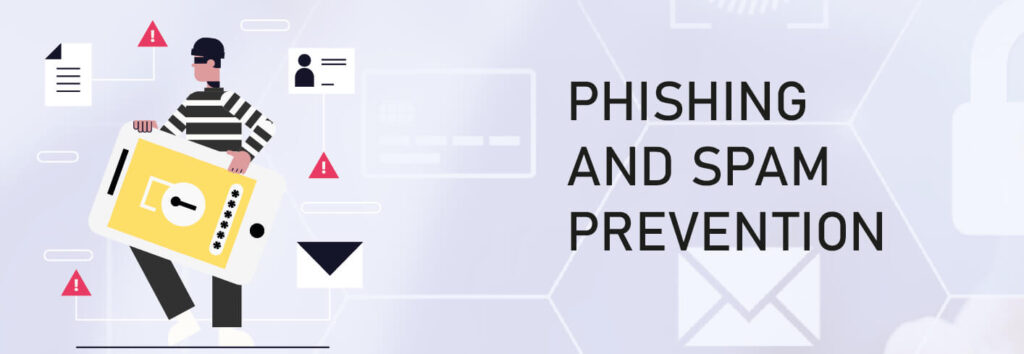
Phishing and spam prevention entails taking steps to identify and block fraudulent emails that attempt to trick recipients into disclosing sensitive information or downloading malicious content, thereby protecting email communications from potential security threats.
Detecting and preventing phishing and spam emails is crucial. This may entail implementing email filtering technology, anti-spam software, and teaching users on how to identify and report false communications.
4. Malware Protection
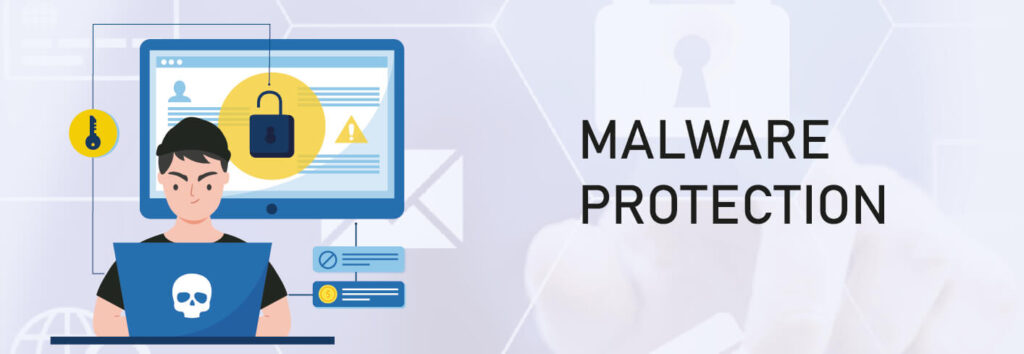
Malware prevention in the context of email security is taking steps to identify and prevent malware from invading email systems. This involves running antivirus software, screening attachments and URLs, and training users on how to identify and prevent phishing efforts, all with the goal of defending against malware infections that can jeopardise data and system integrity.
Malware prevention involves scanning email attachments and URLs for viruses, Trojans, ransomware, and other dangerous code using anti-malware software. This helps to prevent malware from being distributed via email attachments or links.
5. DLP (Data Loss Prevention)
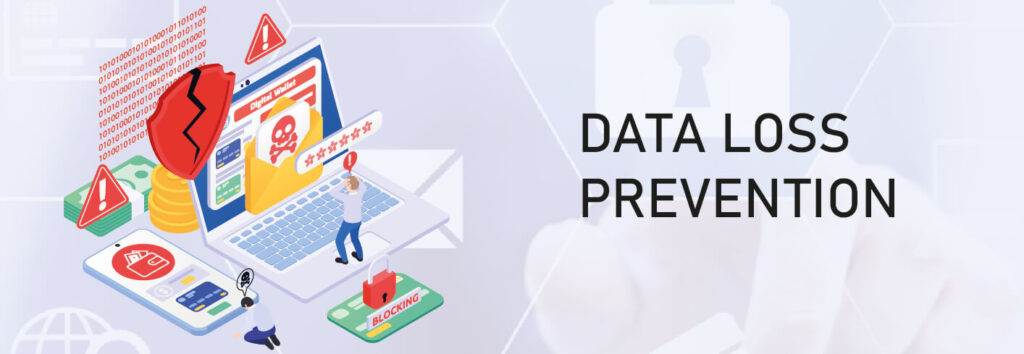
Data Loss Prevention (DLP) is a set of tools for preventing unauthorised access, transfer, or exposure of sensitive data. It entails detecting, monitoring, and safeguarding sensitive information to avoid data breaches, leaks, or loss via email channels.
Implementing DLP safeguards to keep sensitive or confidential information from being accidentally or deliberately disclosed over email. DLP systems can detect sensitive material in outgoing emails and enforce policies to prevent illegal transmission.
6. Employee Education and Training

It is the process of equipping staff members with complete information and abilities for identifying and mitigating email-related dangers such as phishing, malware, and social engineering assaults.
Providing regular training and awareness programmes to educate staff on email security best practices, such as avoiding suspicious attachments, recognising phishing efforts, and reporting Email security problems quickly.
7. Incident Response and Reporting
Incident Response and Reporting refers to the practice of quickly resolving and managing security breaches or events that occur inside an organization’s email systems. This involves recognising, analysing, and reducing the effect of security incidents, as well as reporting them for future action and prevention.
Designing methods for reporting and responding to email security problems such compromised accounts, phishing attacks, and data breaches. This provides a fast and coordinated response to minimise any damage.

Organisations must examine and update their email security policies on a regular basis. Organisations may limit the risk of data breaches, unauthorised access, and other email-related security issues by putting in place robust email security measures.
Conclusion
To summarise, securing your organization’s email communication is about more than simply preserving sensitive information. It is also about protecting your reputation and sustaining the integrity of your business processes. Implementing email security rules by our Email Security Check service not only protects data, but also strengthens your organization’s foundation against cyber attacks.
Email Security Check is a comprehensive solution that evaluates and improves an organization’s communications. It’s critical for businesses since email is a prime target for cyber assaults, and securing it is critical for protecting sensitive data and maintaining confidence.
Email Security Check works by thoroughly evaluating an organization systems and finding weaknesses. This might involve evaluating email encryption, authentication mechanisms, spam filters, and staff training procedures.
Email Security Check protects against a variety of threats, including phishing assaults, malware distribution, spoofing, business compromise (BEC), and data breaches. Organisations that handle these issues proactively can greatly lower their risk of cyber incidents.
Common email security dangers include phishing attempts, in which hackers mimic trustworthy businesses in order to deceive recipients into disclosing personal information, and malware attachments, which can infect computers when opened.
Implementing email security rules helps to reduce risks by creating norms for safe communication, training staff on best practices, and deploying technology like as encryption and spam filtering to prevent unauthorised access and data breaches.





